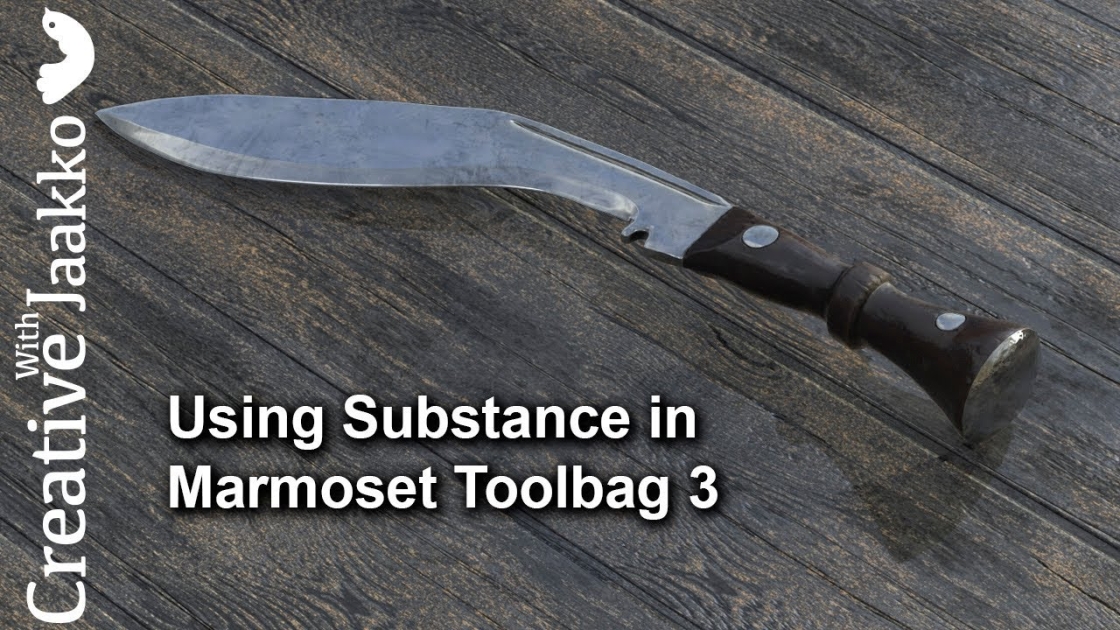

Once you fall down the Substance Designer rabbit hole, you begin to understand just how much it can actually do and you realize you just want to go deeper and deeper. Working in Substance Designer is one of the biggest reasons I now love material art. It is at an intersection of artistic and technical streams that allow me to exercise both parts of my brain. With materials, I am able to receive the artistic satisfaction of a completed piece that may evoke emotion or complete an environment, as well as being able to proceduralize a workflow or establish systems that will let me take my art further if desired, and streamline its development if required. I have been joking that this was the first and last glass material that I will create. To say it provided ample challenge would be putting it kindly. It offered me questions such as “How transparent is enough transparency? What type of Transmission model should I be using? What’s a Fuzz Map (for which I still don’t know)?” I started the material like I would any other, testing out a few environment lights that come with Marmoset.

I’ll quickly add some lights and move them around to see if the colors look good and if I can capture a couple of reflections in the glass. Regardless, everything still looked pretty flat and certainly not glass-like. I started to realize I had no idea how to render glass. Marmoset toolbag materials tiling how to# Having looked online, I had seen a couple of people saying to use the Refraction Transmission model. Marmoset toolbag materials tiling software#.Marmoset toolbag materials tiling how to#.


 0 kommentar(er)
0 kommentar(er)
